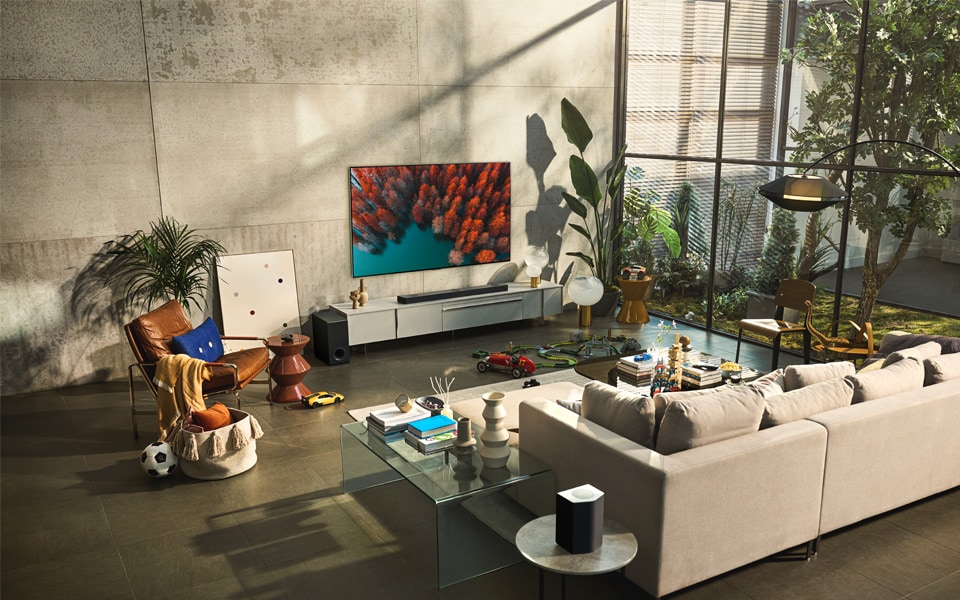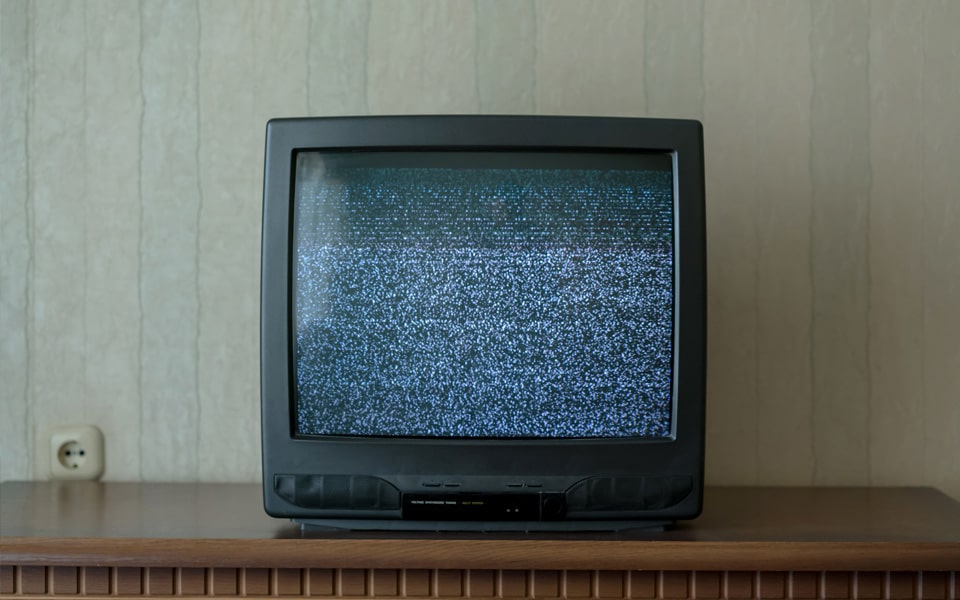We use cookies, including cookies from third parties, to enhance your user experience and the effectiveness of our marketing activities. These cookies are performance, analytics and advertising cookies, please see our Privacy and Cookie policy for further information. If you agree to all of our cookies select “Accept all” or select “Cookie Settings” to see which cookies we use and choose which ones you would like to accept.
Helpful Hints
TV Screen Resolution Explained
You’ll have no doubt come across the term ‘screen resolution’ before, whether you’ve been looking for a new TV or checked out the product specifications of your existing one. But you may not know much about the ins and outs of it, or the technology behind screen resolution. Luckily, we’ve put together a handy guide to make it all crystal clear!
What is Screen Resolution?
On a TV, screen resolution refers to the number of vertical and horizontal pixels there are in the display. Usually, the higher the screen resolution, the sharper the image will be.
High-resolution displays – like ultra-high definition, or UHD TVs– produce more detailed images, whether you’re watching a film or TV show, or playing a game. For a long time, the standard resolution was 1920 x 1080 (or 1080p), which is what you’ll find on Full HD TVs. This just means that those sets had 1920 horizontal pixels and 1080 vertical ones. Today, you’ll find TVs with much higher resolutions and a better picture quality: 4K UHD TVs have a screen resolution of 3840 x 2160, or 2160p, for example.
8K TVs offer an even higher screen resolution than this, at 7680 x 4320 pixels (4320p) – four times the number of pixels in a 4K model. Whilst it’s true that 8K displays produce extremely detailed pictures with bright and lifelike colours, both 4K and 8K TVs offer very high-quality images that are fantastic for watching almost anything.
There are additional factors that can determine the overall picture quality, so it’s worth getting to grips with other display technologies in TVs, too. What’s more, you’ll get the most benefit from high-resolution displays if you’re watching high-resolution content (in other words, content that’s been made for this kind of display).
If you’re watching something that isn’t 4K on a 4K TV, for example, the TV has to do something called upscaling, whereby it multiplies the number of pixels to match those of the TV. Sometimes, you may find that low-resolution content – like an old film or TV show that hasn’t been digitally remastered – doesn’t display as expected on all modern TVs. However, this probably won’t be an issue, since most old content today is remastered for DVD and Blu-ray.
Below are the most common resolutions you’ll see in TVs on the market today, and the pixel count of each.
| Resolution | Name | Horizontal Pixels | Vertical Pixels | Total Pixel Count (Approx.) |
|---|---|---|---|---|
| 1080p | Full HD | 1920 | 1080 | 2,073,600 |
| 2160p | 4K UHD | 3840 | 2160 | 8,294,400 |
| 4320p | 8K | 7680 | 4320 | 33,177,600 |
Understanding Pixels in a TV
In a TV, pixels are the tiny little dots or squares that make up the pictures we see on-screen. Pixels aren’t just found in TVs either; they’re the building blocks of digital images, and you’ll see them in laptops, monitors, smartphones, tablets, and even projectors.
Each pixel contains colour filters, which are called sub-pixels. These light up in sequences with varying degrees of luminance, to transmit a specific colour onto the screen. With just these three colours, each pixel can produce a wide spectrum of different tones.
As you can see from the table above, modern displays are made up of millions of pixels. But whilst the number of pixels will be the same for a specific resolution (in other words, you’ll always have 1920 horizontal pixels and 1080 vertical ones in a Full HD TV), the number of pixels in one inch of display – known as pixels per inch, or PPI – can vary depending on the size of the screen.
PPI, which we can think of as pixel density, can affect the sharpness of an image. A smaller screen may in fact provide a more detailed image than a larger one, if both models have the same number of pixels. In other words, displays with a higher PPI provide clearer pictures.
This is where our QNED TVs, differ: Mini LED technology uses smaller diodes (clusters of these make up pixels), which are 1/40th the size of standard LEDs. This means that more lights can fit into the panel for enhanced clarity and brightness.
What is Aspect Ratio?
The aspect ratio of a TV refers to the ratio between the width and height of a display, and it’s usually shown as W:H (width:height).
TVs today have an aspect ratio of 16:9, which means that for every 16 equal units in width, the screen has 9 units of height. Back in the 80s and 90s, TVs had an aspect ratio of 4:3, making them slightly squarer. Films and TV shows were made to match this, which is why you’ll sometimes see vertical black bars (or ‘pillarboxing’) when you watch old content on a newer TV.
You don’t need to worry too much about aspect ratios when looking for a new TV though, as this has been standardised on modern sets. But it’s worth being aware that the display may change depending on what you’re viewing and when it was filmed.
Ready to buy new TV?
Whether you’re into streaming, sports or gaming, having a high-resolution TV with an unbeatable display can make all the difference to your overall viewing experience. Discover our full range of TVs online, including UHD TVs,, OLED TVs, QNED TVsand large screen TVs. Still not sure what to go for? Our in-depth TV buying guide can help.
Whether you’re into streaming, sports or gaming, having a high-resolution TV with an unbeatable display can make all the difference to your overall viewing experience. Discover our full range of TVs online, including UHD TVs, OLED TVs, QNED TVs and large screen TVs. Still not sure what to go for? Our in-depth TV buying guide can help.
Related posts
Life's Good!
Featured product
- Newest
- Most Popular


.png)
.png)
